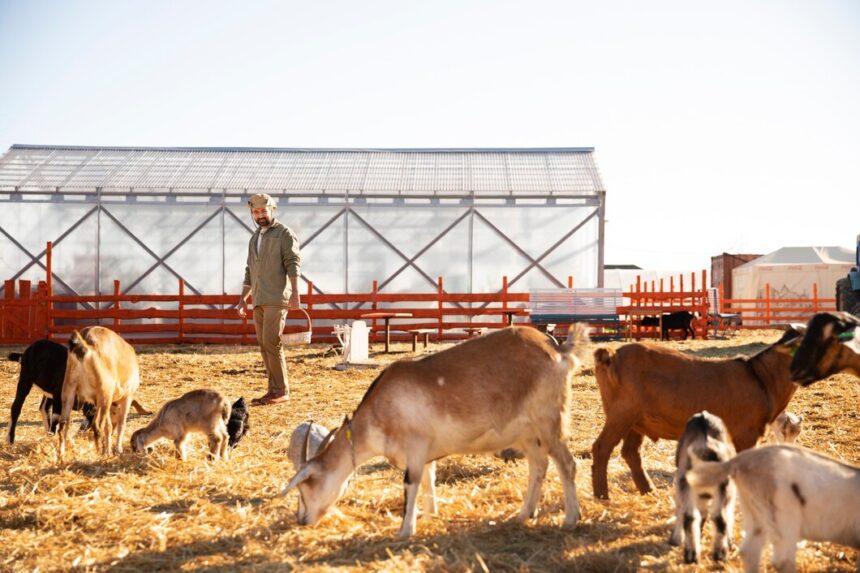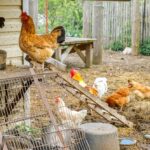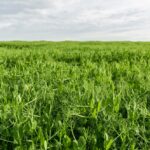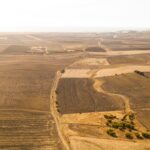Choosing the right farm for your agricultural ambitions is a crucial step in ensuring long-term success. Whether you’re planning to start a small-scale organic farm, a livestock operation, or a large commercial enterprise, the right farm will set the foundation for growth. Here’s a guide to help you make the right choice for your agricultural goals.
1. Define Your Agricultural Goals
Before you even start looking at farms, it’s important to define your goals. Ask yourself questions like:
- What type of farming are you interested in? (Crop farming, livestock, organic, mixed, etc.)
- Are you planning to run a small family farm or a larger commercial operation?
- Do you want to focus on sustainability and organic practices?
- What scale are you aiming for? Small, medium, or large?
Your goals will guide you in identifying the right type of farm and land.
2. Consider Climate and Soil Type
The climate and soil type of the area where you plan to establish your farm play a significant role in the success of your agricultural endeavors. Different crops and livestock have specific environmental needs:
- Climate: Some crops or animals require particular temperature ranges, rainfall, and humidity levels. Consider the seasons, potential frost dates, and extreme weather conditions like droughts or floods.
- Soil Type: Different soil types—loamy, sandy, clay, or rocky—affect crop growth. Conducting a soil test can give you a better understanding of the land’s fertility and its ability to support your agricultural pursuits.
3. Water Availability
Water is essential for farming, especially for crop production. Assess the availability of water sources on the farm, such as:
- Rivers, lakes, or wells on the property
- Rainwater collection capabilities
- Irrigation systems already in place or required
Reliable and adequate water supply is key for sustaining your crops and livestock throughout the year.
4. Location and Accessibility
The location of the farm is crucial to your operations, particularly in terms of market access, labor availability, and logistical ease:
- Proximity to markets: Being close to urban areas or transportation hubs can reduce the cost and time required to get your products to market.
- Road access: Good quality roads and transport connections can make it easier for suppliers, workers, and delivery trucks to reach your farm.
- Labor availability: Consider the local population and their expertise. Is there a skilled labor force, or will you need to train workers?
5. Land Size and Layout
The size of the land will depend on your farming goals. Consider the following:
- Farm layout: Is the land flat, or does it have hills and slopes? Flat land may be ideal for crop production, while hilly areas may be better suited for livestock farming or orchards.
- Size of the property: Ensure that the land size is adequate for your needs, whether it’s large enough to accommodate your vision for crops, greenhouses, equipment, or livestock.
6. Cost and Financing
The cost of purchasing or leasing the farm is another crucial factor:
- Purchase price: Look at your budget and explore financing options—loans, grants, or government support programs.
- Operating costs: Factor in ongoing expenses such as land taxes, equipment maintenance, utilities, and labor.
Make sure the cost of the farm is aligned with your financial plan and goals.
7. Zoning and Regulations
Make sure the land you are interested in is zoned for agricultural use. Check local regulations regarding land use, including zoning laws, permits, and any restrictions that might affect your farming practices, such as water rights, pesticide use, or organic certification.
8. Environmental Impact and Sustainability
If sustainability is a priority for you, consider the environmental impact of your farming practices. Look for farms that:
- Promote biodiversity and soil health
- Minimize chemical inputs and focus on organic methods
- Conserve water and natural resources
Being mindful of the environmental impact can improve your farm’s long-term viability and help you meet consumer demand for sustainably produced goods.
9. Historical Performance and Land History
Research the farm’s history:
- Previous use: Find out what the land was used for in the past. Was it previously farmed? If so, what crops were grown, and what challenges did previous owners face?
- Past performance: Understand the farm’s productivity, including crop yields or livestock growth, to get a better idea of its potential.
10. Infrastructure and Equipment
Look for a farm that already has the necessary infrastructure to support your farming goals. This includes:
- Buildings: Storage sheds, barns, greenhouses, and housing for workers or livestock.
- Farming equipment: Check if any equipment is included in the sale or lease, such as tractors, plows, or irrigation systems.
- Energy supply: Ensure there’s reliable access to electricity and fuel for machinery.
Choosing the right farm is a complex process, requiring careful consideration of many factors. Defining your agricultural goals, evaluating climate, soil quality, water availability, and cost, as well as considering location and infrastructure, will ensure that your farm meets your needs. With thoughtful planning and research, you can find a farm that aligns with your vision and sets you on the path to success in your agricultural journey.
Join 'Farmers Mag' WhatsApp Channel
Get the latest Farming news and tips delivered straight to your WhatsApp
CLICK HERE TO JOIN






